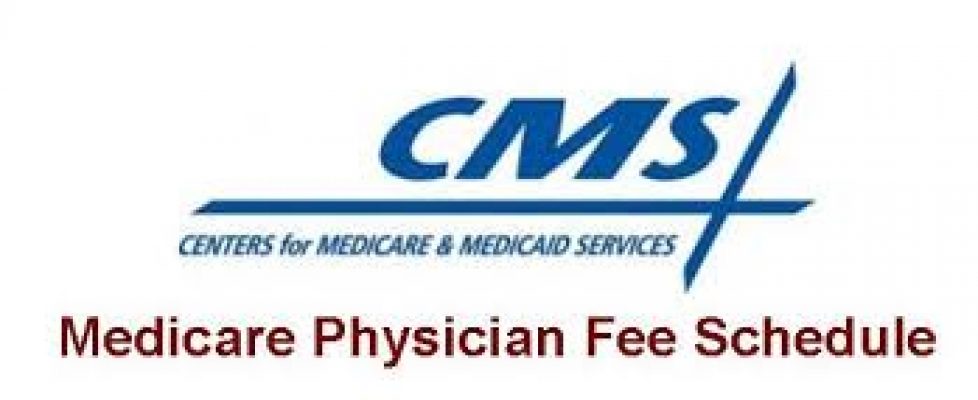Medicare Billing Overhaul to Transform E&M Documentation, Expand Telehealth
The changes were proposed Thursday with updates to the Physician Fee Schedule and Quality Payment Program for 2019.
For more than two decades, physicians have billed Medicare by thoroughly documenting each patient visit with a set of evaluation and management codes, which many have argued are overly burdensome.
Next year, however, that E&M documentation process will change dramatically, if the Centers for Medicare & Medicaid Services gets its way. The agency announced Thursday that it proposes to simplify the documentation requirements for such office visit, affording physicians greater flexibility.
“Physicians tell us they continue to struggle with excessive regulatory requirements and unnecessary paperwork that steal time from patient care. This Administration has listened and is taking action,” said CMS Administrator Seema Verma in a statement Thursday.
“The proposed changes to the Physician Fee Schedule and Quality Payment Program address those problems head-on, by streamlining documentation requirements to focus on patient care and by modernizing payment policies so seniors and others covered by Medicare can take advantage of the latest technologies to get the quality care they need,” Verma added.
The proposal calls for E&M payment to be simplified in several ways, CMS said:
- Rather than continuing to comply with documentation guidelines from the 1990s, practitioners would be able to choose to document E&M visits based on time spent with the patient or on their own medical decision-making.
- By allowing time to be the primary factor in determining visit level, without regard to how much of that time was spent counseling or coordinating care, would expand the number of options available to physicians.
- Rather than having to re-document information from past visits, practitioners would have more options to simply review and update existing documentation.
- Physicians would further be allowed to simply review and verify certain medical records that staff members or the patient entered.
The proposal would transform the current five-tier E&M system into one with blended payment rates for office and outpatient visits billed at the second through fifth levels.
Health and Human Services Secretary Alex Azar said Thursday’s proposals are part of “a historic regulatory rollback” that will help physicians prioritize the needs of their patients, and the moves drew praise from some industry groups.
“We support efforts to reduce these burdens on clinicians, whether they were created by paper or electronic processes, and to give physicians more time to care for patients,” said Liz Johnson, MS, RN-BC, chief information officer for acute hospitals and applied clinical informatics at Tenet Healthcare.
Expanded Telehealth Payments
The CMS proposals also call for doctors to be paid for the time they spend communicating with patients over the phone or via other telecommunication channels, regardless of whether an office visit or other service is rendered. The proposals even call for physicians to be paid for the time they spend reviewing patient images or video.
Johnson, who chairs the public policy steering committee for the College of Healthcare Information Management Executives (CHIME), said CIOs like her applaud the expanded reimbursement for telehealth, which is something they have prioritized for awhile now.
American Hospital Association Executive Vice President Tom Nickels similarly praised CMS for taking steps to expand payments for telehealth and other virtual connections.
Nickels was not pleased, however, with the proposals’ plan to reduce reimbursements for certain Part B drugs by 3 percentage points.
Nickels also expressed disappointment in a site-neutral policy that took effect this year. The policy—which Nickels called “short-sighted” and which CMS said is designed to encourage “fairer competition between hospitals and physician practices”—causes newer off-campus facilities to be paid at 40% of the hospital Outpatient Prospective Payment System (OPPS) rates for outpatient services.
“These ‘site-neutral’ policies ignore the need for hospitals to modernize existing facilities so that they can provide the most up-to-date, high-quality services to their patients and communities,” Nickels said.
Public comments will be accepted through September 10.
Steven Porter is editor at HealthLeaders.

